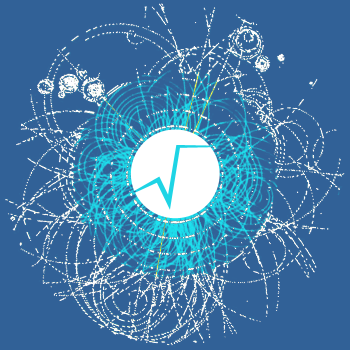Conveners
Input and Output of Scientific Datasets
- Enric Tejedor Saavedra (CERN)
What is ROOT I/O? What are its strengths? What are its weakness? How does it compare to alternatives? This presentation will address these questions and present performance contrasts with other solutions. We will then review the latest additions, fixes and features. Finally, we will give our vision of where we can take ROOT I/O to make it even better and more relevant to today’s...
We present an investigation into the usage of compression in the ROOT I/O subsystem and its impact on ROOT-related performance and file size. The goal of the talk is to explain how compression is used in ROOT and which algorithms could be most interesting in terms of ROOT performance, while describing pro and cons of compression algorithms in details. We provide a comparison analysis of ROOT...
The ROOT TTree data format encodes hundreds of petabytes of HEP events. Its columnar layout drives rapid analyses, as only those parts (columns) that are really used in a given analysis need to be read from storage. Its unique feature is the seamless C++ integration, which allows users to directly store their event classes without explicitly defining data schemas.
In this contribution, we...
The uproot package provides access to ROOT data in several new ways: (a) natively in Python+Numpy data types, (b) installable without specialized binary dependencies, and (c) with columnar, array-at-a-time performance characteristics. This talk presents a new feature in uproot: the ability to write ROOT files, rather than just reading them. In addition to outlining the scope of which kinds of...
